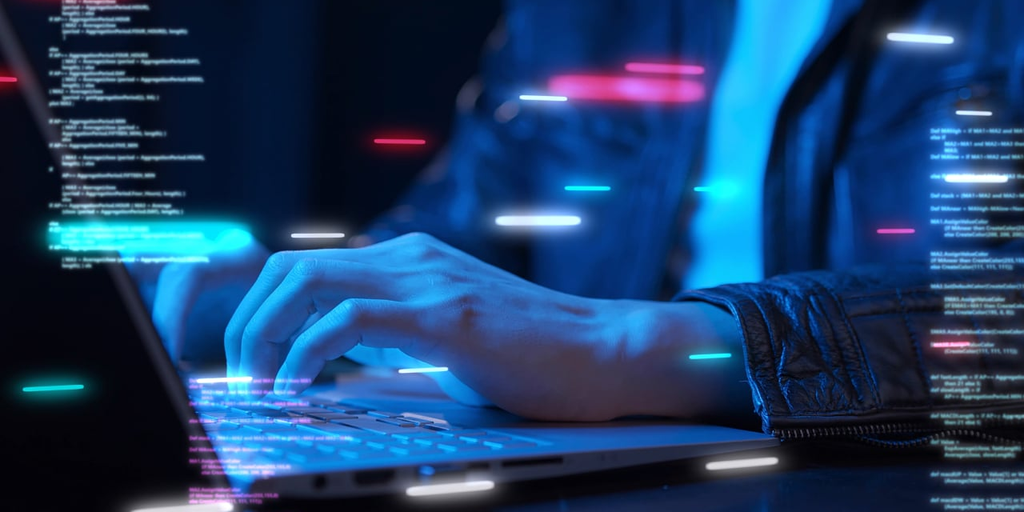How Developers Are Solving AI’s Financial Limitations with Blockchain
The Intersection of AI and Blockchain Technology
In recent years, the convergence of artificial intelligence (AI) and blockchain technology has emerged as a groundbreaking trend, reshaping the landscape of digital finance. As developers delve deeper into these technologies, they are uncovering innovative solutions to address the limitations of AI in managing financial assets. This synergy not only enhances the capabilities of AI but also paves the way for autonomous humanoid robots to take charge of digital assets.
Understanding the Challenges Faced by AI in Finance
AI has made significant strides in various fields, but it still encounters several challenges when it comes to financial applications:
These challenges highlight the need for a more robust framework that can support AI while ensuring reliability, security, and transparency. This is where blockchain technology comes into play.
Blockchain: A Solution to AI’s Limitations
Blockchain technology offers unique features that can enhance AI’s functionality in finance:
By integrating blockchain with AI, developers can create a more reliable and effective financial ecosystem where autonomous humanoid robots can manage digital assets with enhanced efficiency and security.
The Role of Autonomous Humanoid Robots
The integration of AI and blockchain has led to the development of autonomous humanoid robots capable of managing digital assets. These robots are programmed to analyze market trends, execute trades, and even provide financial advice based on real-time data. Here’s how they are revolutionizing the financial landscape:
Enhanced Decision-Making
Autonomous humanoid robots equipped with AI can analyze vast amounts of data far more quickly than human traders. This capability allows them to make informed decisions in real-time, which is crucial in the fast-paced world of finance.
24/7 Operation
Unlike humans, these robots do not require breaks or sleep, enabling them to monitor and manage digital assets around the clock. This continuous operation can lead to better asset management and increased profitability.
Risk Management
With the ability to process historical and real-time data, AI-powered robots can assess risks effectively. They can develop strategies to mitigate risks while maximizing returns, making them invaluable in volatile markets.
Cost Efficiency
By automating various financial tasks, organizations can significantly reduce operational costs. Humanoid robots can handle multiple functions that would otherwise require a sizeable workforce, allowing companies to allocate resources more effectively.
Real-World Applications
The fusion of AI and blockchain is not just theoretical; several companies are already implementing these technologies to revolutionize how digital assets are managed. Here are some notable examples:
The Future of AI and Blockchain in Finance
As developers continue to explore the capabilities of AI and blockchain, the potential for innovation in the financial sector is immense. The ongoing research and development in this area promise a future where:
In conclusion, the collaboration between AI and blockchain is set to redefine the future of financial management. By addressing the limitations of AI and providing a secure, transparent framework, developers are paving the way for a new era where autonomous humanoid robots can effectively manage digital assets, making finance more efficient and accessible for everyone. The potential of this integration is just beginning to be realized, and it holds great promise for a more secure and efficient financial landscape.





